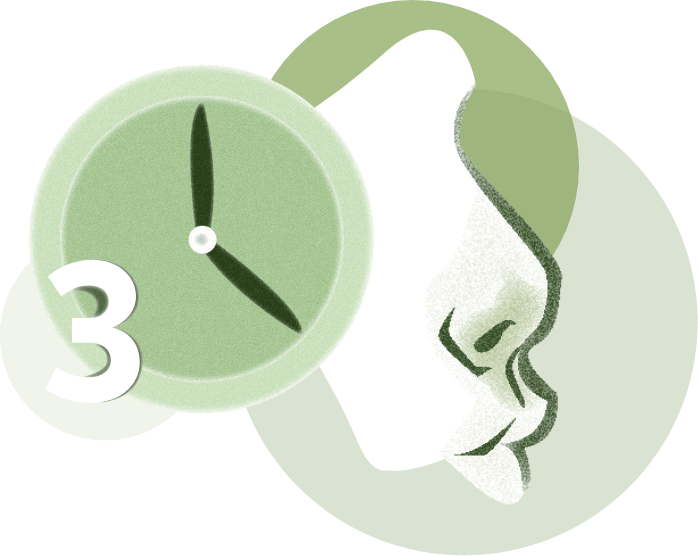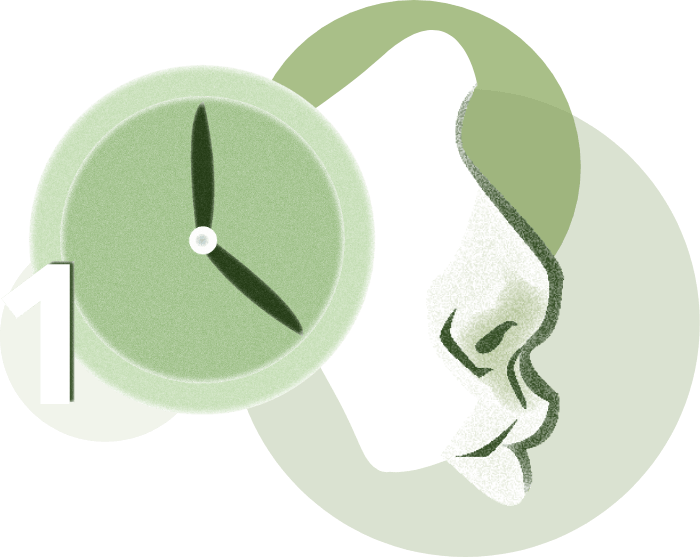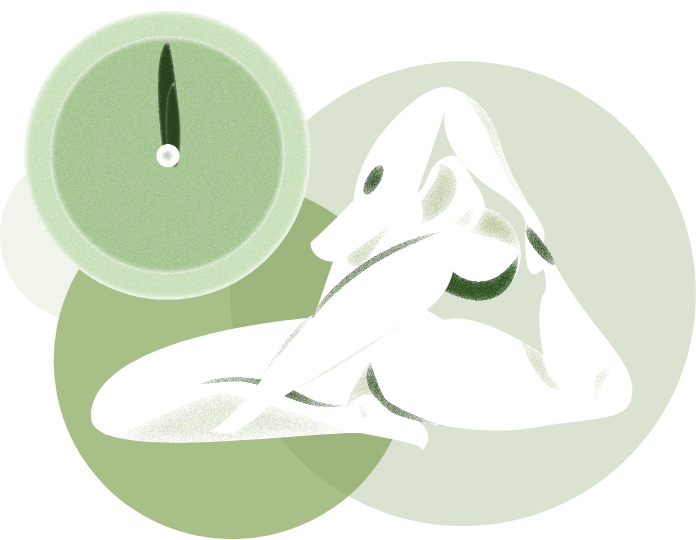Revision rhinoplasty is the rhinoplasty surgery to eliminate the negative results and defects of the previous rhinoplasty surgery or surgeries of the patient.

Gentlemen who don't have the advantage of their primary operation are the ones who choose revision operations. Majority of the patient groups can be defined as below:
1) Patients who are not satisfied with the "aesthetics" of their result. They might have one or more of the below problems.
The tip of the nose may have pinch deformity, drooping, or excessively shortened and raised. There may be a reverse V appearance in the middle of the nose, uncorrected septum deviation, irregularities in the nasal bridge.
2)Patients who are not satisfied with the "functionality" of their result
Patients who cannot breathe easily as a result of their first operation may prefer revision rhinoplasty. If there is an excessive reduction from the planning of the previous surgery, it may high likely to cause a problem in breathing. In the case of unsupported reconstruction of the cartilages, alar collapse may happen — alar collapse results on breathing issues as well.

Revision Rhinoplasty surgery involves differences from primary Rhinoplasty surgery. Tissues are often narrowed, cartilage and bone structures might have been removed excessively or asymmetrically, and the tensions during healing might have weakened cartilages. This situation requires to be much more careful and gentle during the performance of revision surgery. Skin and soft tissue revision is very important too in revision rhinoplasty. Revision rhinoplasty often requires grafts. Nasal septum cartilage is often used or insufficient because of previous surgery. In this case, it may be necessary to remove cartilage from the ribs if needed.
You have a dedicated team of patient advisors, nurses, and your surgeon to support you throughout the entire journey, and after it. However, Revision Rhinoplasty is a surgery that demands you to take several steps to help ensure that your treatment goes as smoothly as possible. Avoiding some points can help you recover faster, and also minimize the risk of complications.

It is essential to provide your surgeon all the details regarding medicines you have been prescribed prior to your surgery.
You should stop smoking instantly. Smoking slows the recovery after surgery and boosts your risks of post-surgical complications. All other tobacco products and electronic cigarettes are equally harmful and must be avoided.
Your skin condition is one of the most important factors for your surgery. If you have a thick skin, it would be better to plan a facial skin care treatment up to one week prior to surgery.

A week before your surgery, you should stop consuming all herbal supplements and teas.
If you are taking any blood thinner medication (such as coraspin, aspirin, ecopirin, coumadin, clexan), then they should be discontinued.
Do not use any painkillers, with the exception of ones which contain paracetamol. If you have to use it, inform your surgeon.
If you are thick skinned patient, make sure you get the facial treatment done which you had planned 3 weeks prior to your surgery.
You are not required to trim nose hairs. These hairs will be trimmed by your surgeon instead.

Your anaesthesia requires at least 8 hours of fasting and thirst. Do not drink water, or consume any chewing gum 8 hours prior to your surgery.
Take a shower the day before your surgery or on the morning of your surgery.

Do not wear any jewelry, makeup or contact lenses.
Wear clothing that is comfortable and loose. Shirts that have buttons on the front are preferred.
Your Revision Rhinoplasty will be carried out with the utmost care by your surgeon and you can be sure that the same standard of care will continue during regular post operative checks to ensure a smooth recovery.
Soreness and swelling are likely to occur for a few days after surgery, with no bruising expected. However, it is possible in some cases, that minor bruising is possible.
In most cases, the internal silicon supports remain in place for one to five days after surgery. For protection and support, the doctor places a splint on your nose. Both of them are removed latest before your final check.
Your surgeon will give you comprehensive pre-operative guidance before the operation, also give you directions and recommendations afterwards. Follow all of these guidelines to help ensure your ease, prevent risks, and speed up the recovery.
| Male Revision Rhinoplasty | Duration Of Stay | Price |
|---|